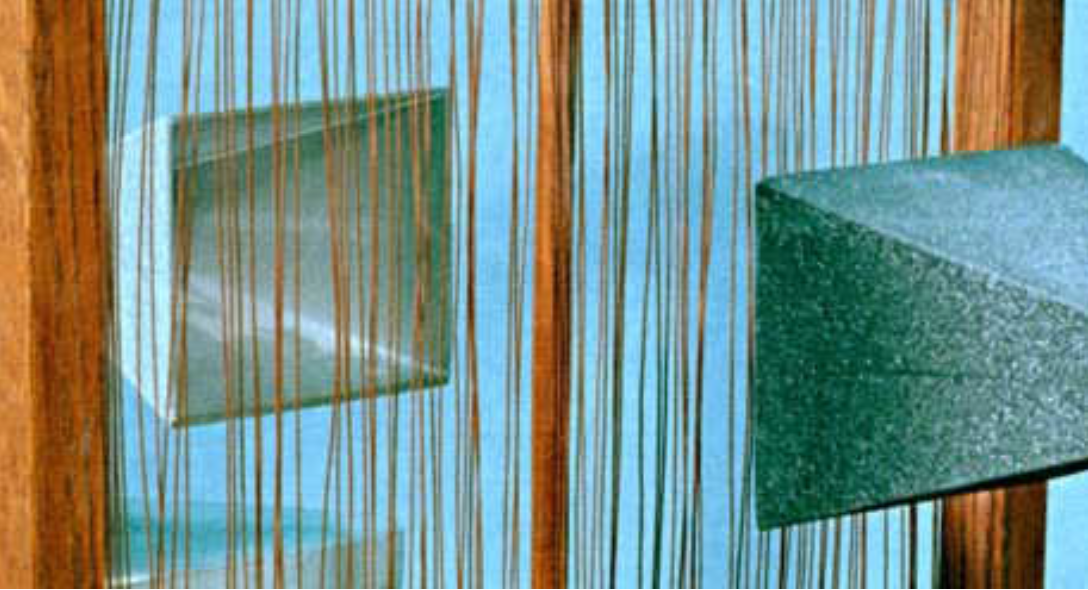Polarizers
A polarizer is a device that lets only one of the two possible polarizations of an electromagnetic wave pass through. If we are working with microwaves whose wavelength is of the order of a few centimeters, a frame strung with parallel copper wires, as seen in Figure (1), makes an excellent polarizer. If a vertically polarized wave strikes this vertical array of wires, the electric field E in the wave will be parallel to the wires. This parallel E field will cause electrons to move up and down in the wires, taking energy out of the incident wave. As a result the vertically polarized wave cannot get through. (One can observe that the wave is actually reflected by the parallel wires.)
If you then rotate the wires 90º, so that theEfield in the wave is perpendicular to the wires, the electric field can no longer move electrons along the wires and the wires have no effect. The wave passes through without attenuation.
If you do not happen to know the direction of polarization of the microwave, put the polarizer in the beam and rotate it. For one orientation the microwave beam will be completely blocked. Rotate the polarizer by 90° and you will get a maximum transmission.

Figure 1: Microwave polarizer, made from an array of copper wires. The microwave transmitter is seen on the other side of the wires, the detector is on this side. When the wires are parallel to the transmitted electric field, no signal is detected. Rotate the wires 90 degrees, and the full signal is detected.
 الاكثر قراءة في الكهرومغناطيسية
الاكثر قراءة في الكهرومغناطيسية
 اخر الاخبار
اخر الاخبار
اخبار العتبة العباسية المقدسة


